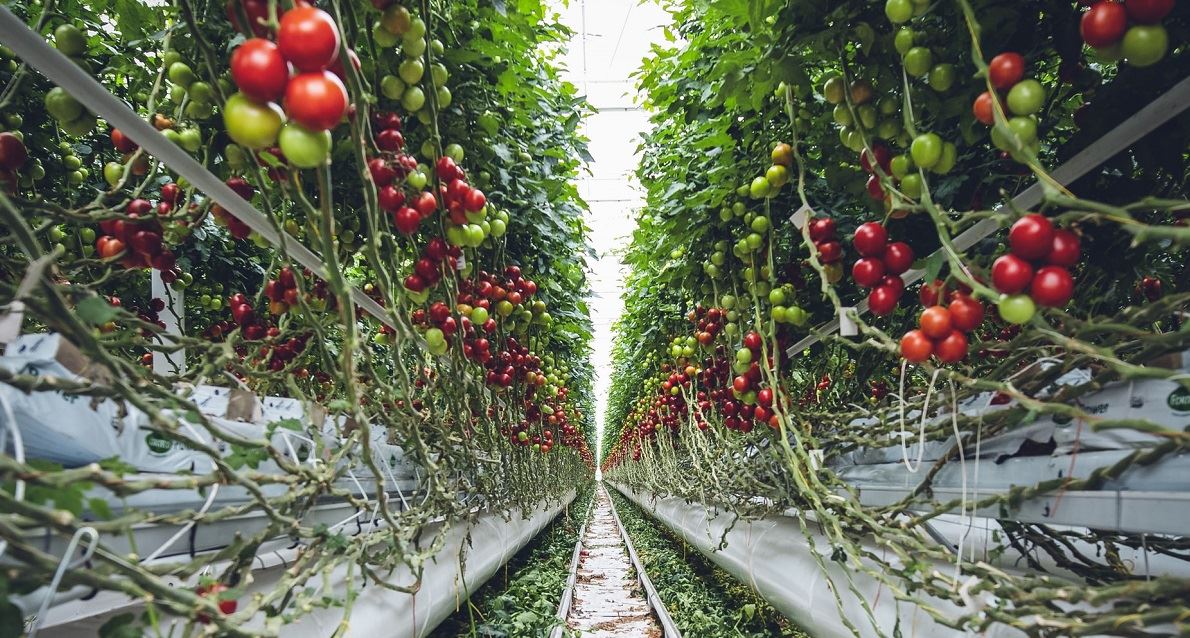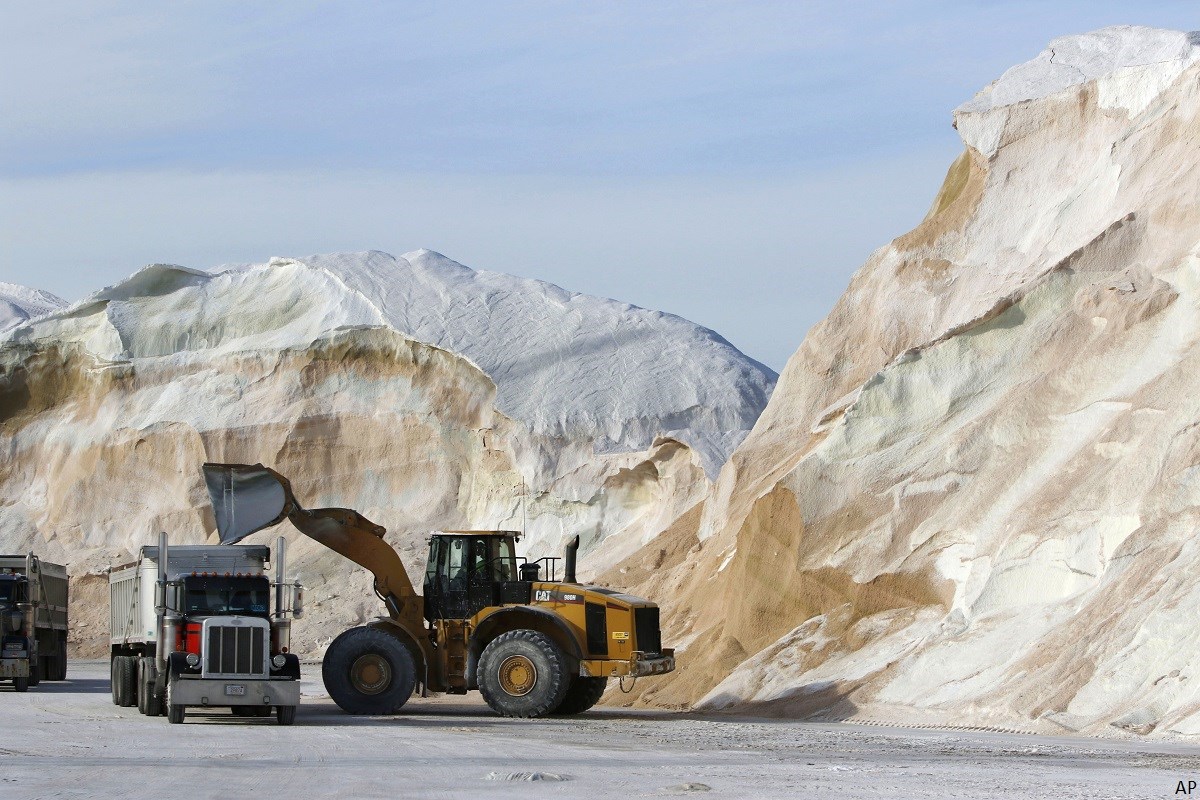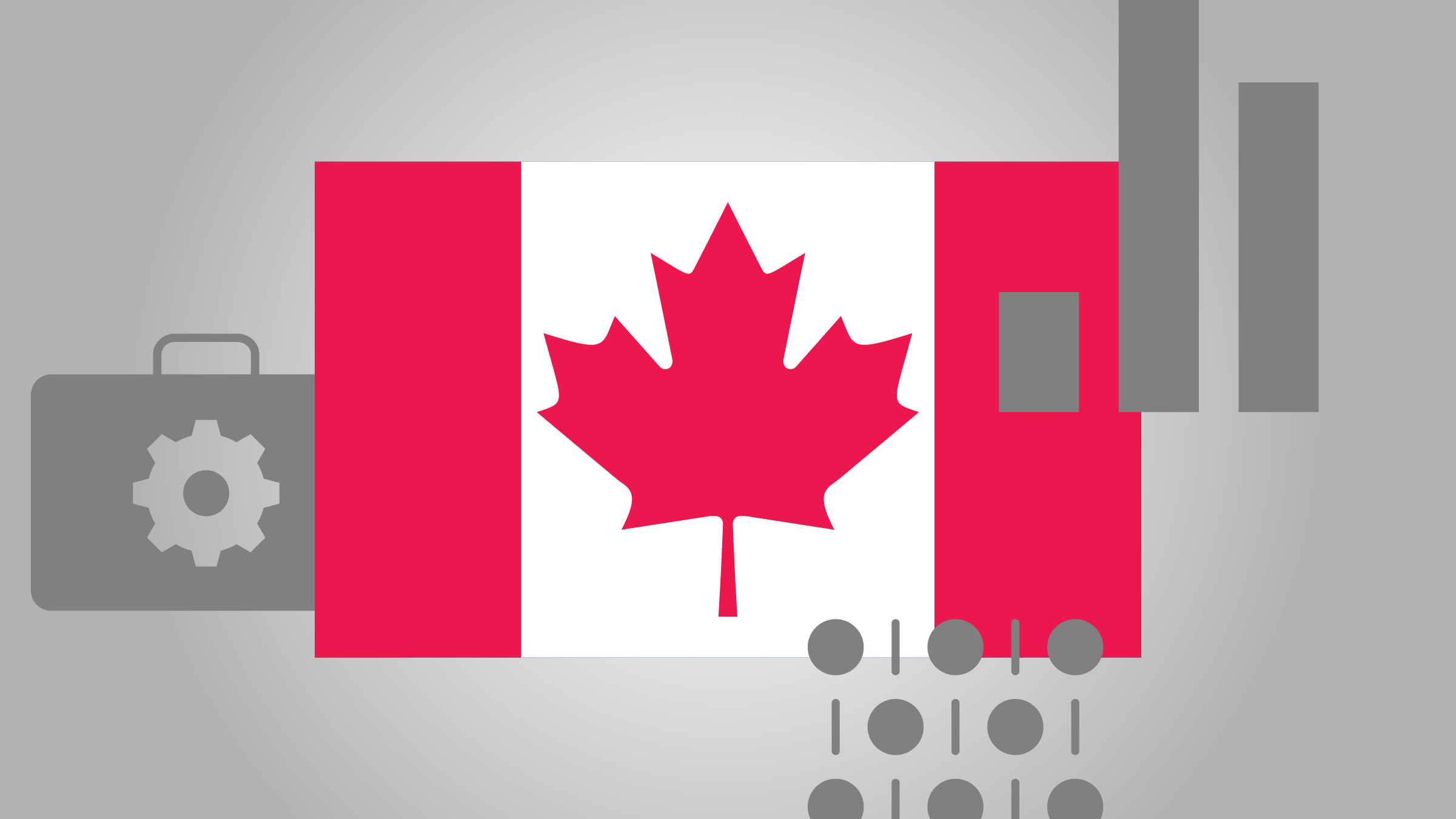
Investors are buying the sustainability story, at least if fund inflows are anything to go by. Exuberant activity from fund manufacturers saw many successful mutual fund and exchange traded fund (ETF) launches, coupled with record-breaking estimated net inflows into sustainable funds in the first quarter of this year, finds the Sustainable Investing Landscape for Canadian Fund Investors Q1 2021.
Authored by Morningstar Canada’s Director of Investment Research Ian Tam, the report finds that net inflows to sustainable funds totalled $ 5.3 billion. You can find the whole report here.
What are ‘Sustainable’ Funds?
Sustainable funds encompass a gamut of techniques used by fund managers. Morningstar identifies three ‘types’ of sustainable investments:
- ESG Funds – or those that focus on material risks arising from environmental, social, and governance factors in the portfolio by monitoring a company’s ability to manage these risks through corporate policies.
- Impact Funds – or those that seek to make a measurable difference in areas like the transition to a low carbon economy, gender/diversity, and social/community housing as examples.
- Environmental Sector Funds – or those that invest broadly in a green sector like solar, wind, or clean tech in general.
Who Launched?
Tam finds that the start of 2021 seemed to showcase further accelerated growth in the launch of new sustainable products to market.
“In the past quarter, 17 new sustainable products were brought to market, which is already just shy of half the number launched over the whole of last year. Of these 17 new products launched, seven were passive products—echoing a similar split seen over the prior calendar year, with roughly half of new launches in 2020 coming to market as indexed products,” he said.
New funds were launched by from Gestion Ferique, RBC, National Bank, Desjardins, Harvest Portfolio, BMO, iShares, and Invesco. The funds collectively gathered over $1 billion in assets since the start of this year.
“Sustainable funds and ETFs from Canada-domiciled fund companies continue to represent roughly 1% of total fund and ETF assets. Regardless, the rapid growth in assets is unmistakable. At the end of the first quarter, sustainable assets (excluding fund of funds) hit $18 billion, representing a quarter-over-quarter growth rate of 51% and a year-over-year growth rate of a whopping 160%. Notably, passive assets grew by 105% over the first quarter, while active assets grew by 40%,” Tam said.
However, it is important to note that the sustainable fund landscape in Canada is still top-heavy. Tam finds that just 10 asset managers control 90% of sustainable assets in the Canadian market.
“NEI Investments and RBC Asset Management continue to dominate the space. However, because of the small relative size and the accelerated growth rate over the first quarter, both BMO and Mackenzie moved quickly up the list in terms of asset size,” he added.
Finally, Tam found that the first quarter saw a minority of sustainable investments outperform their peers. “On a trailing 12-month basis coinciding with the pandemic sell-off, roughly half of the funds and ETFs identified as sustainable outperformed their Morningstar Category peers,” Tam said.
If you would like to begin research on sustainable funds, you can find 10 medallist sustainable mutual funds here, and eight exchange traded funds here.



















